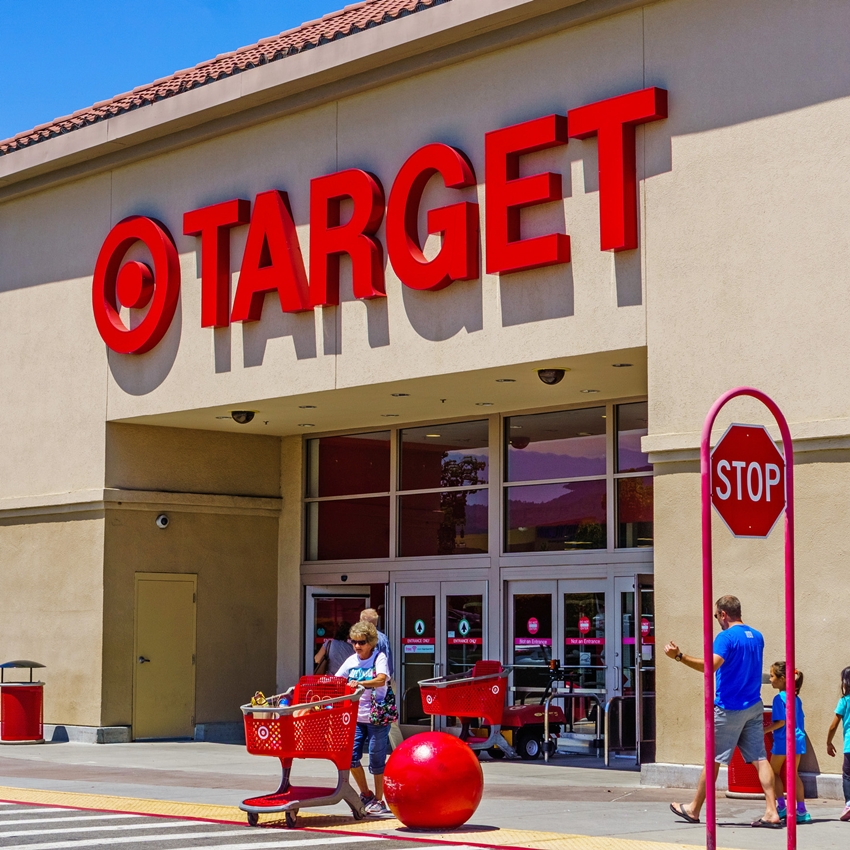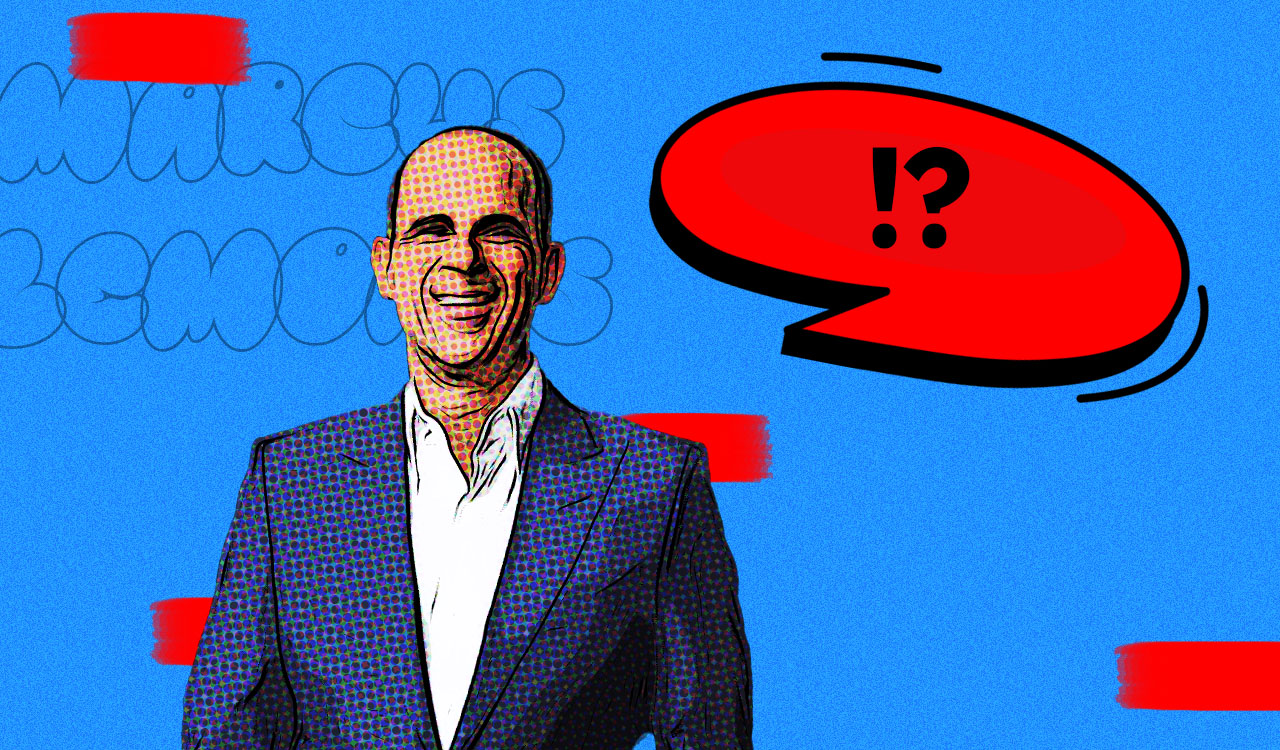Target’s yearly results are nothing short of amazing, hitting $106 billion in revenue as part of the pantheon of the largest retailers in the U.S. market (and the world) including Walmart, Amazon and Kroger. Comp sales were up 12.7 percent for the year with revenue growth of $27 billion since 2019. So, how did they get here? We all remember the best hires we’ve ever made in our careers. For Target it was undoubtedly its current CEO, Brian Cornell (my opinion of course, but the facts back me up). In 2014 when he was hired, Cornell made the strategic decision to build Target’s digital capabilities years before a global pandemic accelerated online retail. Cornell’s foresight in future-proofing the business built a strong digital platform matched by an absolute commitment to build trust and loyalty with their guests. The customer is served on her or his terms, which includes shopping in stores, online, on mobile devices and through the many pick-up and delivery options. Target has been there for customers when they needed it most and where they needed it.
Brian Cornell describes Target’s strength: “We built a culture that cares. To care about each other, our guests, our communities and the families we touch.”
Planning Ahead
Cornell announced his big capital investment plans in 2017 and it was a highly debated topic in the investment community. At Target’s investor meeting five years ago, he introduced his digital strategy, planned to open more stores and remodel existing ones. Just to give you some perspective, most retailers were closing stores in 2017 to right-size their fleets. At that time, nearly 7,000 store closure announcements had been made, up 200 percent from 2016.
Digital sales in 2017 for the U.S. market were 11 percent of total retail sales; Target’s online sales that year were only 5.5 percent of its total sales. One of the executives on the 2017 call admittedly proclaimed that Target was dead-last in digital before Cornell was hired. But fast forward to 2022, the company just delivered impressive results on a plan that has been in place and working well for over five years.
A Visionary Leader
Cornell’s leadership skills are clearly evident in the 19 consecutive comp growth quarters and Target’s recent milestone passing $100 billion in sales while keeping margins steady and increasing operating profits by almost 37 percent this year. Cornell’s performance is backed up by the fact that The Robin Report recognized Target as a Retail Radical in 2020. Cornell was named the 2022 “Visionary” by the National Retail Federation and recently CNN named him the Top CEO of the Year. Target was also named Retailer of the Year by Mass Market Retailer and is currently ranked second on Fortune’s Best Big Companies to Work For. The Target workplace culture sets it apart. Cornell stated in this week’s earning meeting, “We built a culture that cares. To care about each other, our guests, our communities and the families we touch.”
What are Target’s secret weapons? We’ve identified seven key strategies driving the retailer’s high performance:
Target Invests in People
The company recently announced that it will invest $300 million to raise wages with a starting wage range of $15 to $24 depending on the local market. Part of the investment will be allocated to expand its current healthcare benefits. The company also has invested in a program of debt-free education assistance with over 50,000 employee participants, so far.
Target’s goal is to be the best place to work aligning with employees’ values and investing in people to reduce lower turnover rates and create higher workforce engagement — which then flows into a better customer experience.
Portfolio Business
Target earns fees from its branded credit card RedCard and Shipt membership fees. Target’s own media business, Roundel, brought in over $1 billion in revenue from vendor partners using ad placements. Roundel also provides critical shopping behavior analytics and insights. Online marketplace Target+ is an invitation-only marketplace of third-party sellers that provides a curated inventory assortment. These revenue streams were up 20 percent this year compared to last year.
Smart Inventory Management
Target’s merchandise assortment is a balance between national and owned brands. Its
inventory mix generated $30 billion in sales of private label brands representing 28 percent of its total sales. Target has also invested in its 45+ private label brands. The strategy is to showcase private label brands with nationally recognized brands to make strong merchandising statements. Christina Hennington, chief growth officer, explains the importance of getting the right merchandise story with the example of mixing Target’s own denim brands Goodfellow & Co and Universal Thread alongside Levi, which resulted in productivity two times higher than in the rest of the store.
Partnerships
Year-over-year results were strong across all five core merchandise segments with double-digit comp sales growth in each category including apparel, food and beverage, essentials and beauty, home and hardlines. Target plans to expand its strategic partnerships like Ulta Beauty, Disney, Levi and Apple, which drive deep customer loyalty. As an added benefit, the loyalty program Ulta Beauty’s Ultamate Rewards is synchronized with Target Circle. The Ulta program allows Target to leverage a customer base outside its own 100 million Circle members by growing the partnership to operate 800 Ulta Beauty stores within Target over time (250 are being added this year).
Value Proposition
Value is a key focus for the company and not just in terms of pricing headlined by the slogan, expect more and pay less. Value also means creating more shopping options; higher levels of convenience like same-day services; better-curated assortments; more relevant offers through Target Circle and the RedCard; and benefits that some customers need including SNAP (Supplemental Nutrition Assistance Program) payment capabilities. Value is also delivered through one-stop shopping with consolidated services including optical, pharmacy, and the new Rowan piercing studios which will be rolled out in 200 stores this year.
Increased Efficiencies
Target was well poised to serve as an essential retailer during the pandemic seamlessly shifting to delivery platforms including drive-up, Shipt, and order pick-up. Same-day services were up 45 percent in 2021 on top of the 235 percent increase in 2020. The company is also testing five sortation centers (six more to open this year), which are facilities that handle fulfillment of orders that were previously completed by stores. Sortation centers manage more streamlined pick and packing, offer additional delivery pick-ups throughout the day to keep the flow of goods moving, and have more precise loading for last-mile deliveries, reducing time and costs. According to the company, fulfillment investments including updated and expanded distribution centers and new sortation centers have increased efficiency and reduced costs by 50 percent for digital orders while increasing the speed of delivery to customers’ homes.
Ongoing In-Store Investments
Target plans to continue its remodeling efforts across 200 stores this year and open 30 new small and mid-sized stores.
Starting at the Top
Over the past few years, Target has been working on an exhausting list of actionable initiatives and strategies. The executive team’s motivation is inspired by strong leadership and an integrated plan focused on the investment in people as the best investment a company can make. Target’s stellar performance is a team effort. Its frontline and back-of-house workers know they make a difference in the customer experience because they care for each other, the communities they serve, and the company they work in.




